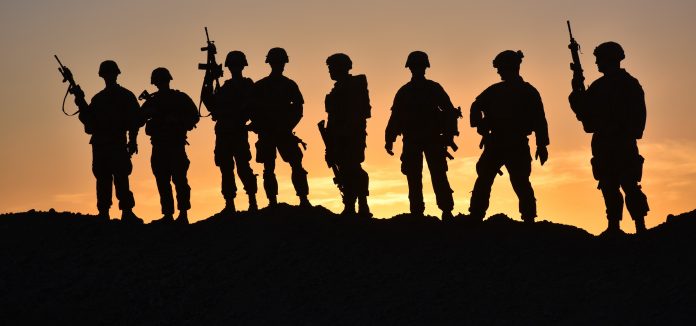
“Why did he do it?”
After the flames were extinguished and the smoke was gone. It was the key question about the U.S. soldier who shot himself and then blew up his Cybertruck, while he was in it, outside the Trump Hotel in Las Vegas. Two letters on a phone inside the remains of the rented Tesla Cybertruck that active-duty Green Beret Master Sergeant Matthew Alan Livelsberger contained little evidence besides a political manifesto.
According to reporting from CNN, U.S. officials familiar with Livelsberger’s military records said he had been diagnosed with depression last year but had not been assessed as at risk of violence or suicide.
Screening for suicide risk is a priority for the U.S. army, but the value of population screening for suicide risk remains unclear. The U.S. Army’s medical examination, the Periodic Health Assessment (PHA), screens for suicidality and other mental and physical health problems.
In this study, researchers used 2014–2019 cohort data including PHA and Army administrative data (n = 1,042,796 PHAs from 452,473 soldiers) to develop a model to predict six-month nonfatal and fatal suicide attempts (SAs). The model was designed to establish eligibility for a planned high-risk SA prevention intervention.
The paper appears in Nature Mental Health. The lead author is James A. Naifeh, Health Sciences, Bethesda, MD, USA,
In this study, the PHA suicide risk screening questions had limited value, as 95% of SAs occurred among soldiers who denied suicidality.
However, these authors were able to tweak the data to get better results.
They write “a simple least absolute shrinkage and selection operator (LASSO) penalized regression model that included a wide range of administrative predictors had good test sample discrimination (0.794 (standard error 0.009) area under the receiver operating characteristic curve) and calibration (integrated calibration index 0.0001).} The 25% of soldiers at highest predicted risk accounted for 69.5% of six-month SAs, supporting use of the model to target preventive interventions..
A woman who dated Livelsberger from 2018 to 2019 and from 2020 to about 2022, told CNN he had been depressed while they were together.
Livelsberger suffered concussions, but it’s not clear how many. He also reportedly had back surgeries in 2018 and 2019 relating to injuries he suffered during his military service, she said. The AP reported that Livelsberger spoke of injuries, pain and exhaustion in texts to Arritt while they were dating.
The STARRS HADS data used in this paper are not available for public release. DoD clearance is required to access this data. However, the Army STARRS and STARRS-LS survey data and project data (not used here) are available to qualified researchers as restricted datasets through the Inter-university Consortium for Political and Social Research (ICPSR) at the University of Michigan (https://www.icpsr.umich.edu/web/ICPSR/studies/35197).









![Best Weight Loss Supplements [2022-23] New Reports!](https://technologytangle.com/wp-content/uploads/2022/12/p1-1170962-1670840878.png)




